A decade after the September 11 terror attacks, questions have been raised as to whether any of the high-rises in the United States could withstand an attack like those that caused the World Trade Center towers in New York City to collapse.
CHICAGO
What if it should happen again?
A decade after the Sept. 11 terror attacks, could any of the nation’s 21,000 high-rises withstand an attack like those that caused New York’s twin towers to collapse? Could the thousands of people inside find a way to safety?
At Chicago’s Willis Tower, like other skyscrapers around the country, much has changed since two hijacked jetliners slammed into the World Trade Center on Sept. 11, 2001. North America’s tallest building now has concrete barriers, metal detectors and sophisticated security cameras that trace every movement in and around the structure.
Those measures, however, might do little to prevent a calamity on the scale of Sept. 11. Despite proposals for major structural changes over the past decade, thousands of buildings remain vulnerable, experts say, because the cost to retrofit existing structures is too high, and cities and states have been slow to adopt tougher building codes for new construction.
Other, less sweeping improvements, such as equipping elevators for use in evacuations, are lagging behind other countries, too.
“You only can do as much as lobbyists, politicians, and the agencies you’re dealing with will let you do,” said Monica Gabrielle, whose husband died in the 9/11 attacks and who co-chairs the Skyscraper Safety Campaign that sprang up afterward. “The further away you get from events, then you become more complacent.”
And for all the talk about reinforced security, there is only so much that can be done to protect buildings that stand 1,000 feet (305 metres) or more, which Donald Trump implicitly acknowledged when he decided his new Chicago skyscraper would not climb as high as the Chicago’s Willis Tower because he did not want it to become a target.
As for skyscrapers themselves, while there was talk after 9/11 about making them sturdier and easier to escape from in an emergency, the structural work that would have been necessary was either too expensive or just impossible.
“I don’t know of any buildings that have gone through a structural retrofit for the purpose of withstanding a major attack like 9/11,” said Adrian Smith, an architect who designed the Trump International Hotel and Tower in Chicago and the Burj Khalifa in Dubai, now the world’s tallest building.
At the same time, some actions have been taken to make new buildings safer and more secure.
The International Code Commission has recommended 40 post-9/11 building code changes, including wider stairways to ensure firefighters can climb up while occupants are coming down. Municipalities can adopt the changes as they see fit, but they are not mandatory, said ICC spokesman Steve Daggers.
In New York City, for example, stairwell enclosures in high-rises must be wider and made of harder materials, and elevator shafts must be stronger as well.
To prevent the pancaking that happened at the World Trade Center as one floor fell onto another, the city requires high rises to be built to prevent “progressive collapse,” but it doesn’t spell out how to do that.
Even in places where codes have not been updated, some high-rises are taking steps to strengthen their buildings, said Jon Schmidt, an associate structural engineer and director of anti-terrorism services for the Kansas City, Missouri-based Burns & McDonnell, an engineering, architectural and consulting firm.
Materials and measures once reserved for military and government buildings gradually are becoming more mainstream, including concrete-encased stairwells to protect evacuating tenants and laminated glass that is less likely to shatter into fragments during a blast, Schmidt said.
More attention is being paid to fireproofing material that better sticks to steel, an issue that got a lot of attention because the jets that hit the twin towers apparently knocked the coating off the girders to the point they softened and broke.
But money is never far from mind.
“That’s one of the frustrations,” says Irwin Cantor, a structural engineer and consultant who has engineered major high-rises nationally and sits on New York City’s planning commission.
“A guy says, ‘I want to protect my building against a bomb blast of ‘X’ pounds … and you tell them,’ I can protect it from a bomb of such-and-such pounds and such and such a distance for $10 (million), $20 million.
“And they say, ‘Wait a minute, I’m scared but I’m not that scared,”’ Cantor said.
ASSOCIATED PRESS


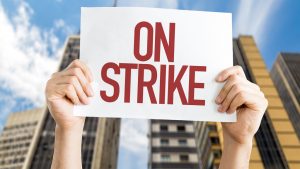
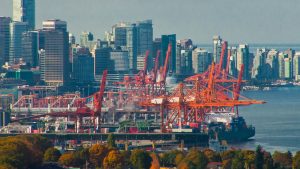

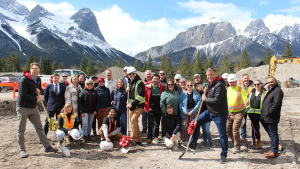
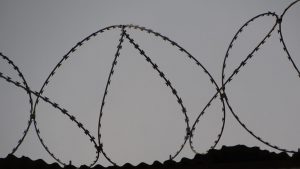

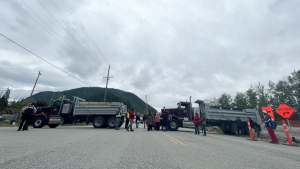

Recent Comments
comments for this post are closed